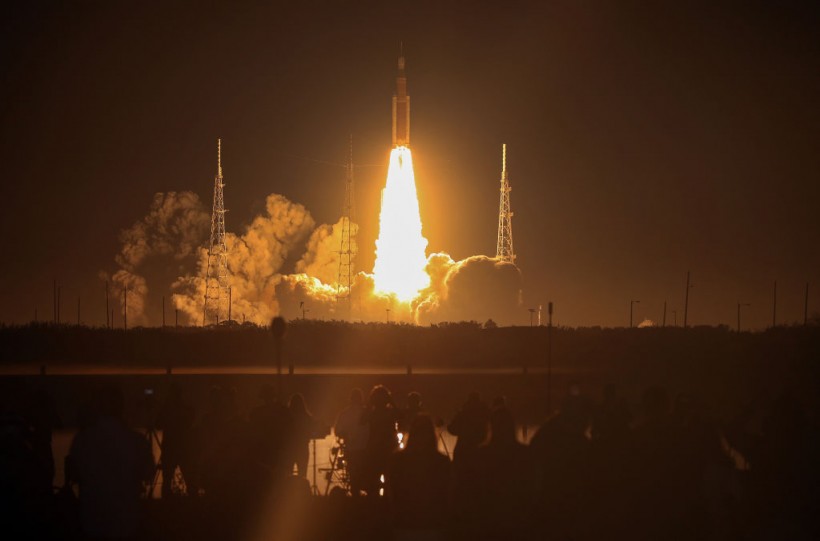NASA's Artemis I Orion spacecraft will splash down on Sunday, Dec. 11, following a 25-day journey during which it approached within 60mi of the Moon.
This marks the conclusion of the first phase of an extensive plan to permanently cultivate the area and eventually launch a piloted spacecraft to Mars.
Return to Earth
As per ABS News, the unmanned vehicle will be brought down to Earth in the Pacific Ocean near San Diego after the project suffered repeated launch delays.
In a news briefing on Thursday, Artemis I mission manager Mike Sarafin revealed that the capsule had functioned flawlessly during the roughly month-long journey.
According to Sarafin, the management team has convened every day to monitor the capsule's development, and he assured the media that everything is on track for a totally successful mission.
NASA flight director Judd Frieling stated that Orion would splash down into the ocean on its final approach to Earth after deploying parachutes.
He said that once Orion touches down the ocean, it will stay there for another two hours so that NASA can experiment on the heat the capsule created upon returning from space.
Repeated Launch Delays
Launching Artemis was a difficult process that took many tries before finally succeeding. The most-awaiting launch took place on Nov. 16.

CAPE CANAVERAL, FLORIDA - NOVEMBER 16: NASA’s Artemis I Space Launch System (SLS) rocket, with the Orion capsule attached, launches at NASA's Kennedy Space Center on November 16, 2022 in Cape Canaveral, Florida. The Artemis I mission will send the uncrewed spacecraft around the moon to test the vehicle's propulsion, navigation and power systems as a precursor to later crewed mission to the lunar surface.
On Aug. 29, a failed temperature sensor caused a planned launch to cancel because it falsely showed that one of the engines had not cooled down.
On Sep. 3, after a second attempt was canceled due to liquid hydrogen leakage, the mission was officially declared aborted. The rocket's main stage requires a variety of propellants, including liquid hydrogen.
After making landfall in the southern part of Florida and gradually moving to the northeastern portion of the state as well as the Carolinas, Hurricane Ian forced the suspension of a third attempt that was scheduled on Sep. 27.
Related Story: NASA Says Artemis 1 Moon Mission was a Complete Success After Initial Assessment - Ready for Crewed Landing?
Future Plans
The overall cost of the four missions comprising the Artemis expedition is estimated to be $4.1 billion. A report from the NASA Office of the Inspector General predicts that the project's total cost will be $93 billion by 2025.
Artemis II is expected to launch in 2024 with four astronauts for a lunar encounter and return to Earth if Artemis I is considered successful this year.
Four astronauts will go to the Moon on Artemis III in 2025, and the second lunar landing will occur on Artemis IV in 2027.
In addition to establishing a long-term settlement on the Moon's surface, the program's overarching objective is to pave the way for future human expeditions to Mars.
Related Story: NASA's Artemis 1 Orion Captures Scenic Shots With the Moon






